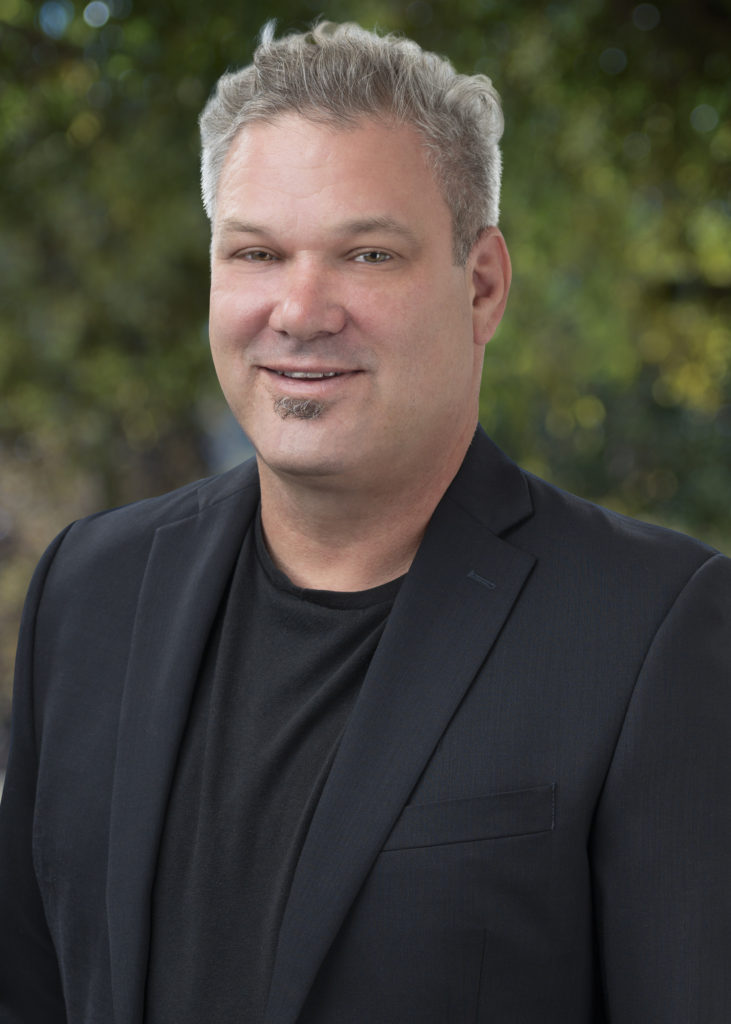
Gregg Schumer
Vice President, Director of Lab Services, Senior Molecular Biologist
B.S. Molecular, Cellular, and Developmental Biology
Phone: (916) 231-1687
West Sacramento, California
Gregg has two decades of experience applying molecular biological techniques in the fields of human pathogens, vaccine production, molecular ecology, fisheries genetics, and the detection of cryptic aquatic species by environmental DNA (eDNA). Gregg has led the effort within CFS to transfer relevant molecular biological and genetics technologies from the world of human pathogens to the study of fish ecology. Gregg leads the development of protocols and techniques for identifying and evaluating the distribution of cryptic, invasive, and listed or endangered aquatic species by eDNA.
Selected Publications
Blankenship, S., G. Schumer, J. Van Eenennaam, and Z. Jackson. 2017. Estimating number of white sturgeon adults from egg relatedness. Fisheries Management and Ecology 24(2):163-172.
Finger, A., G. Schumer, A. Benjamin, A. Schreier, and S. Blankenship. 2017. Effective population size of delta smelt. San Francisco Estuary and Watershed Sciences.
Bergman, P., G. Schumer, S. Blankenship, and E. Campbell. 2016. Detection of adult green sturgeon using environmental DNA analysis. PLoS One 11:e0153500. DOI: 10.1371/journal.pone.0153500.
Schreier, B. M., M. R. Baerwald, J. L. Conrad, G. Schumer, and B. May. 2016. Examination of predation on early life stage delta smelt in the San Francisco estuary using DNA diet analysis. Transactions of the American Fisheries Society 145(4):723-733.
Brandl, S., G. Schumer, B. M. Schreier, J. L. Conrad, B. May, and M. R. Baerwald. 2015. Ten real-time PCR assays for detection of fish predation at the community level in the San Francisco Estuary-Delta. Molecular Ecology 15(2):278-284.
Baerwald, M. R., B. M. Schreier, G. Schumer, and B. May. 2012. Detection of threatened delta smelt in the gut contents of the invasive Mississippi silverside in the San Francisco Estuary using TaqMan Assays. Transactions of the American Fisheries Society 141(6):1600-1607.
Hamelin, M. E., M. Baz, Y. Abed, C. Couture, P. Joubert, É. Beaulieu, N. Bellerose, M. Plante, C. Mallett, G. Schumer, G. P. Kobinger, and G. Boivin. 2010. Oseltamivir-resistant pandemic A/H1N1 virus is as virulent as its wild-type counterpart in mice and ferrets. PLoS Pathogens 6(7):e1001015. DOI:10.1371/journal.ppat.1001015
Baerwald, M. R., G. Schumer, B. M. Schreier, and B. May. 2011. TaqMan assays for the genetic identification of delta smelt (Hypomesus transpacificus) and wakasagi smelt (Hypomesus nipponensis). Molecular Ecology Resources 11(5):784-785.
Blankenship, S., M. Teply, and G. Schumer. 2011. Sampling and analysis to assess brook trout (Salvelinus fontinalis) population trends in High Lake (Oregon) using environmental DNA monitoring. Report to Burns Paiute Tribe.
Kobinger, G. P., H. Feldmann, Y. Zhi, G. P. Schumer, G. P. Gao, F. Feldmann, S. Jones, and J. M. Wilson. 2006. Chimpanzee adenovirus vaccine protects against Zaire Ebola virus. Journal of Virology 346(2):394-401.
 (888) 224-1221
(888) 224-1221 Locations
Locations

